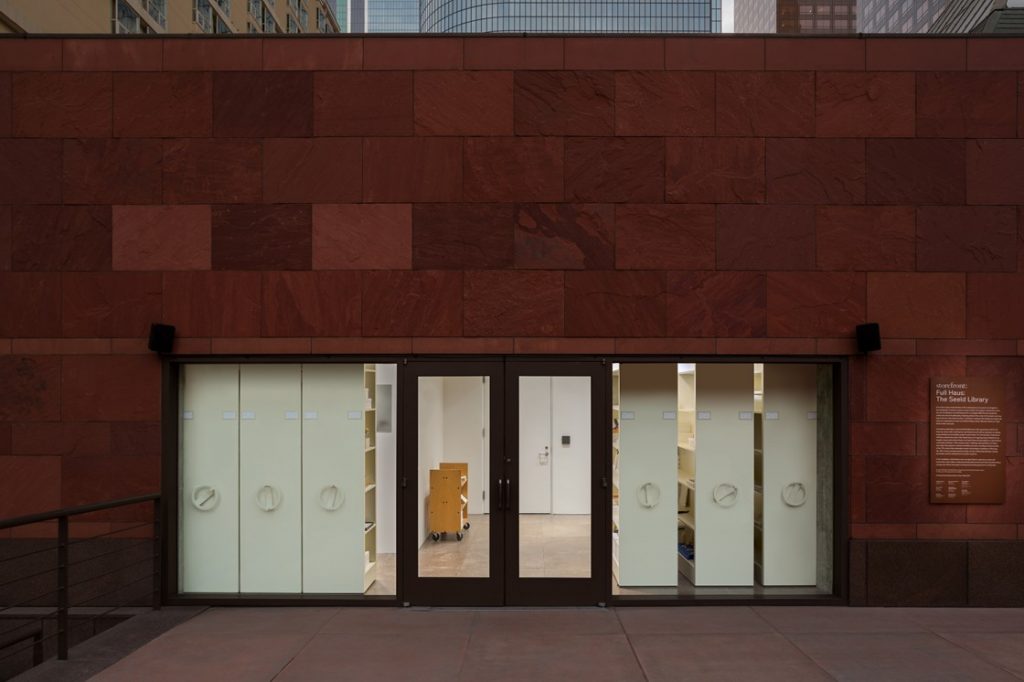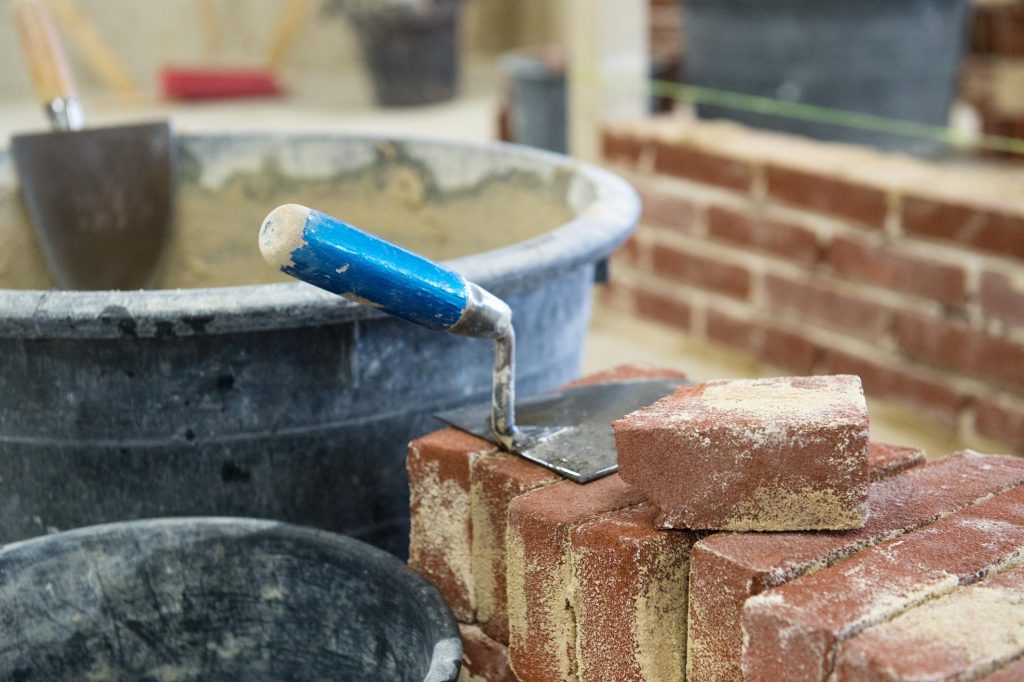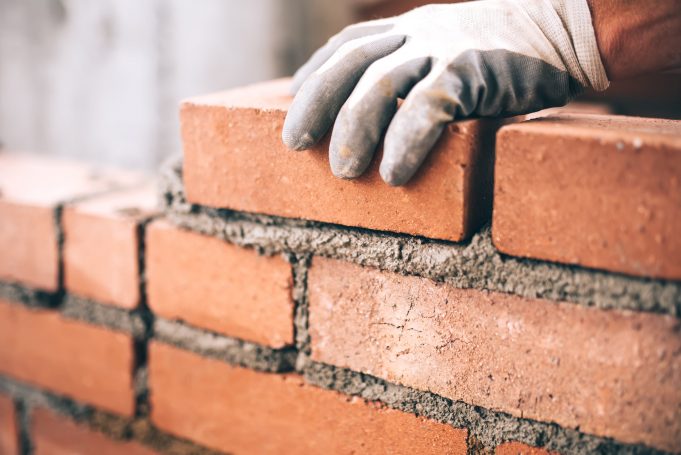So you’ve finally made it to a point where you’re ready to open up your brick and mortar business. It can be a shock at first because every entrepreneur starts with a simple thought or idea to create something great, but it’s the actions you make to put your plan into motion – that’s what turns your dreams into a reality.
Starting your own retail business can be a scary venture, but it’s also an exciting one to go on. Is it easy? No. But is it worth it? Absolutely! That’s why we’ve created this simple guide to help you along the way in getting your brick and mortar business off the ground. Take a look at where to start first.
Step 1. Determining Your Product or Service

A lot of people tend to think that when opening up your physical store that you immediately start with bulldozers and fleets of trucks hauling heavy loads. No, that’s not the case. There’s a lot of planning and paperwork that come first before all of that fun stuff.
If you love pets, open up a pet store. If you enjoy cooking, open up a small restaurant. The critical thing here is that you don’t necessarily have to be an expert in your business field, but you at least need to have some interest in it… that will keep you interested in your business venture; you can hire the experts to be experts when you need them. Hiring experts for specific areas that you’re not an expert in is one of the biggest signs of having a successful startup, but first, you need to determine what you want your business to be about.
Step 2. Create a Business Plan

Your business plan is the blueprint to your business; it’s the lifeline your business needs to come to life. Creating a business plan will solidify all your ideas and plans, and it will also be the road map to potential obstacles and how to get over them.
Creating a business plan is what’s going to force you strategically think about how you want your business to run and how you can make it run that way. If you’re going to run a restaurant, your business plan will need to include:
- What type of restaurant will it be?
- Where will you get your food and supplies from?
- Where will you want the restaurant located?
- How big of a restaurant will it be?
- Do you plan on expanding in a year or two?
All of those questions will need to be answered in your business plan. The great thing about business plans is that the plan is in writing and right in front of you versus keeping everything in your mind. Sometimes you can see things more clearly when they’re tangible, and you can see them.
Entrepreneur explains in greater detail what your business plan needs to include, and it also needs to include why you care. This will be an essential aspect to include when seeking financial help from lenders.
Step 3. Figure Out Your Finance Options

So, you know what you’re selling and you have your business plan together, the next step is figuring out how you’re going to get the money for all of this. There are several small business loans available to provide you with the financing you need, but you must not neglect to list every single cost you may have so that you have enough money to cover all your expenses.
Your costs are going to range from the big stuff like equipment and supplies down to the smallest of details like paint colors and drawer or cabinet hardware. You don’t want to leave out a single thing because it’s much easier to receive a large lump sum and pay it back in smaller increments.
Step 4. Find Your Storefront

Now it’s time to get “boots on the ground” and find your storefront location. You want it to be in a position that gets heavy traffic because the more people pass by in that area, the more likely they are to stop in our store to see what you’re selling.
When it comes to a storefront, you can either lease it or buy it but most people lease it because it’s just more affordable… plus it gives you the freedom and flexibility to move around in case business is booming and you need to expand. Buying is also a good option in the aspect that the property and will build equity over time, but it’s even more expensive up front, and it doesn’t give you too much flexibility.
Whichever route you choose, whether you buy or lease, it means that you’re going to have to find a commercial space for your business and there’s no better person to help you with that than a commercial realtor. The tried-and-true motto of a realtor has always been “location, location, location!” and for your business to succeed, location is key!
When looking at commercial spaces, here are a few things to look for in each location:
- Parking
- Room to expand
- Demographic of the area
- Style and layout of the building
- Visibility to the street
Let the commercial realtor know all of the things that are most important to you so they can help you find the right location that will meet your business needs. From there, you can sign your commercial lease and obtain proper licensing per your state, federal, and county laws.
Step 5. Equipment, Supplies, and Staff

Now you’re getting to the fun part! This is when your dreams are becoming more tangible for you. You’re going to need to buy everything from furniture, cash registers, and possibly construction equipment and supplies. It’s better to get construction material estimates from some reliable company like QTOEstimating. Depending on what type of business you’re starting, you might even need to rent a fleet of trucks from companies such as Flex Fleet for an extended period of time. These trucks will help you transport heavy tools and equipment needed, and depending on the trucks you rent, they can also transport crew members working on construction aspects of your business.
Also, you will probably need to look into putting up job postings for hiring staff to get your business started. Make sure to be very specific in what you’re looking for in applicants so that you can weed out the ones who won’t be a good fit. Being that it will be a brick and mortar business, you should be looking for some of these qualities in candidates
- Smiling
- Pleasant personality
- Enjoys being around people
- Embodies the skills needed for your business (accounting, design, computer, etc.)
Once you have these basics of the brick and mortar business, you will be prepared to literally open up shop! These steps and guidelines are of course just the basics. The guidelines will shift and need to be adjusted according to your brick and mortar business of course but once you’ve acquired an understanding of the basics, you and your business can go very far! Good luck!









